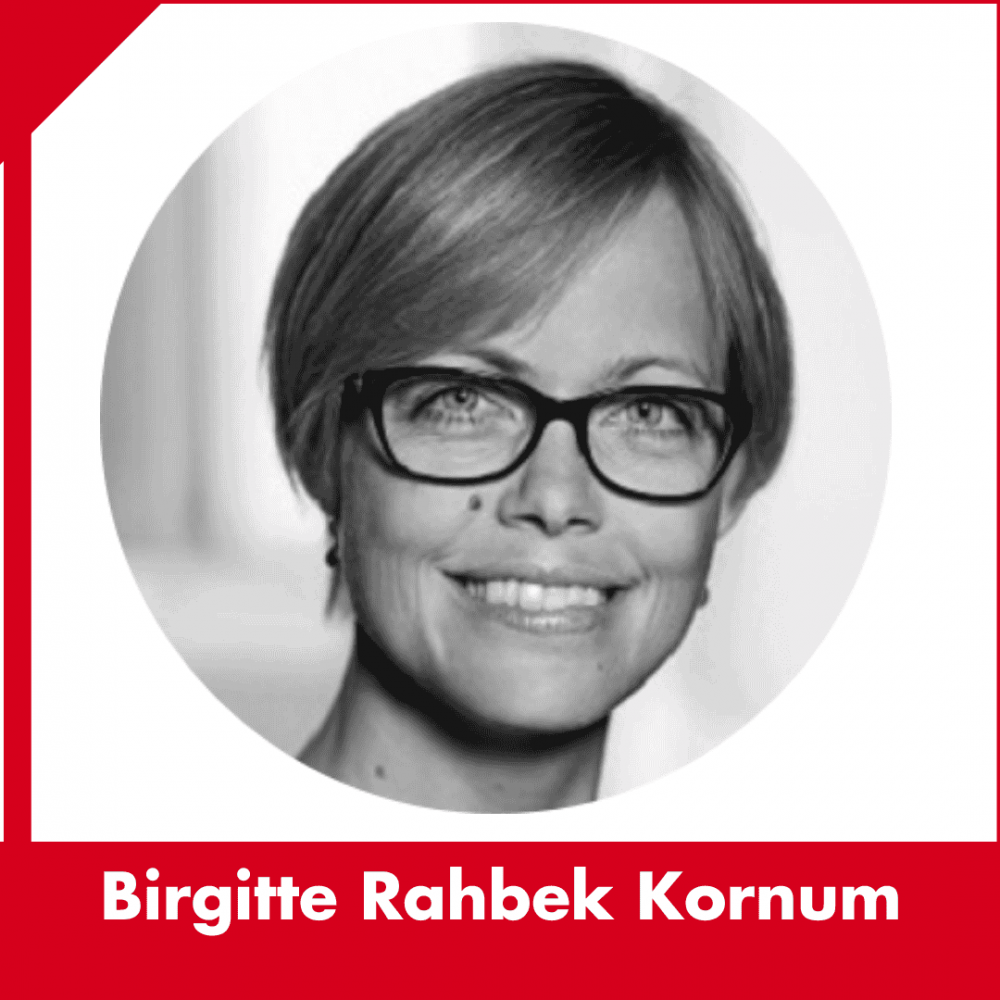
The current version of the Tecniplast website doesn't match your region. Please visit your local website to find information and offerings specific to your country.

The current version of the Tecniplast website doesn't match your region. Please visit your local website to find information and offerings specific to your country.

The study titled "Non-invasive detection of narcolepsy type I phenotypical features and disease progression by continuous home-cage monitoring of activity in two mouse models: the HCRT-KO and DTA model" was published in the journal "Sleep". The study was conducted by researchers from the Department of Neuroscience and Department of Drug Design and Pharmacology at the University of Copenhagen, Denmark.
Louise Piilgaard Petersen, Birgitte Rahbek Kornum, Laura Rose are answering our questions.
 1. How did implementing the DVC® activity system contribute to understanding narcolepsy type I phenotypical features in the mouse models used in your study? What specific benefits did the system offer compared to traditional monitoring methods?
1. How did implementing the DVC® activity system contribute to understanding narcolepsy type I phenotypical features in the mouse models used in your study? What specific benefits did the system offer compared to traditional monitoring methods?
Narcolepsy type I (NT1) is a chronic disorder caused by disruption of hypocretin signaling in the brain. Hypocretin is a signaling molecule central to the maintenance of arousal. Therefore, people with NT1 struggle to maintain control over their sleep-wake cycle, and often experience sleep fragmentation, irresistible sleepiness during the day, sleep attacks, and sometimes cataplexy (a sudden loss of muscle tone while remaining conscious), among other symptoms.
In both humans and mice, the traditional method for monitoring and identifying these symptoms is by monitoring the brain and muscle activity (electroencephalography (EEG) and electromyography (EMG); also electrooculography (EOG) in humans) coupled to video. In mice, EEG/EMG is an invasive procedure as it requires an insertion of electrodes onto the brain and into the muscle, which can affect the behavior of the animal. Additionally, the method requires labor-intensive quantification of the sleep/wake states. In contrast, the DVC® system provides a non-invasive and efficient way of acquiring data by continuously monitoring the activity of the animals in their regular home-cage. Monitoring the animals in a home-cage setting not only reduces human interference, which otherwise can be a major contributor to variability, it also enables longitudinal and unbiased monitoring of spontaneous activity behaviors.
Using the home-cage DVC® activity system in our study allowed us to identify several activity features that distinguished narcoleptic mice from healthy controls. For example, the narcoleptic mice exhibited a significantly higher number of short activity episodes compared to control mice. Conversely, the control mice exhibited a significantly higher number of long activity episodes compared to the narcoleptic mice. Since the narcoleptic could not maintain long activity episodes, we propose that this activity feature represents a digital activity-based NT1 biomarker. These findings align with the existing knowledge that NT1 is associated with more fragmented wakefulness due to intrusions of irresistible sleep periods and cataplexy. The activity data further revealed that narcoleptic mice had a different ultradian activity architecture during the active period lacking a prominent activity peak during the mid dark phase relative to controls. This further highlights the difficulty of narcoleptic mice in maintaining proper arousal during the active period. Overall, we found that we indeed were able to distinguish narcoleptic mice from healthy controls solely based on their daily activity pattern.
 We wanted to investigate if activity / inactivity could serve as a proxy for wake / sleep behavior in mice. However, due to how activity is acquired through the DVC® system, inactivity does not only reflect sleep but also other quiet behaviors such as grooming, eating, and drinking, and immobility symptoms including cataplexy and sleep attacks. These quiet behaviors and symptoms typically occur outside the nest. Thus, taking advantage of this characteristic, we developed our nest-identification algorithm to differentiate sleep from these other inactivity behaviors such that we could obtain a more robust sleep / wake representation. By including the nest-identification algorithm, sleep is defined as inactivity-in-nest and wake is defined by inactivity-out-of-nest, activity-in-nest and activity-out-of-nest.
We wanted to investigate if activity / inactivity could serve as a proxy for wake / sleep behavior in mice. However, due to how activity is acquired through the DVC® system, inactivity does not only reflect sleep but also other quiet behaviors such as grooming, eating, and drinking, and immobility symptoms including cataplexy and sleep attacks. These quiet behaviors and symptoms typically occur outside the nest. Thus, taking advantage of this characteristic, we developed our nest-identification algorithm to differentiate sleep from these other inactivity behaviors such that we could obtain a more robust sleep / wake representation. By including the nest-identification algorithm, sleep is defined as inactivity-in-nest and wake is defined by inactivity-out-of-nest, activity-in-nest and activity-out-of-nest.
Although we found that sleep was overrepresented by using this method when compared to the gold standard EEG/EMG, the nest-identification algorithm still enabled us to achieve a better proxy for sleep and wake behavior, than without identifying the nest. It also allows for additional analysis of the other types of spontaneous behaviors that mainly occurs outside the nest.
Since we were able to detect a robust narcoleptic phenotype relative to controls under baseline conditions, we were very interested in whether we could detect changes in response to interventions. We initially administered saline daily to narcoleptic and control mice for two weeks while monitoring the activity. To our surprise, we found that daily saline injections severely negatively affected the activity behavior of the control mice, but not the narcoleptic mice. This study strongly highlights a previous unrecognized negative impact of handling and/or injections in control animals in prolonged treatment studies. Conversely, when giving the mice a piece of milk chocolate (no handling required) at dark onset (the beginning of the active period of the mice), this increased the amount of activity equivalent to increased wakefulness. We therefore showed that it is possible to detect changes in activity behavior in response to interventions. These results open up for the opportunity to use the DVC® system in preclinical drug development as a fast screening tool to assess treatment effects. In particular for narcolepsy, a promising treatment candidate would normalize the dark phase activity architecture and improve the maintenance of arousal, thereby stabilizing activity.
 First and foremost, the DVC® system show great potential as a tool to assess the effectiveness of various treatment interventions for narcolepsy type I. By monitoring the activity levels and sleep-wake-like patterns of animals undergoing different therapeutic approaches, we can objectively evaluate the impact of interventions on narcoleptic phenotypic features.
First and foremost, the DVC® system show great potential as a tool to assess the effectiveness of various treatment interventions for narcolepsy type I. By monitoring the activity levels and sleep-wake-like patterns of animals undergoing different therapeutic approaches, we can objectively evaluate the impact of interventions on narcoleptic phenotypic features.
An obvious next step would be to integrate video monitoring with the DVC® system to allow for a simultaneous capture of activity data, sleep-wake states, and behavioral observations. Such a multimodal approach can facilitate comprehensive data analysis and correlation between different variables, enabling investigations of complex interactions between sleep, behavior, and narcoleptic phenotypic features such as cataplexy and sleep attacks. Additionally, video recordings can be used to train and validate automated algorithms for sleep-wake state classification and behavioral event detection.
Overall, the DVC® system offers a powerful and versatile tool for investigating narcolepsy type I. Its non-invasive nature, long-term monitoring capabilities, and ability to capture detailed activity data make it well-suited for studying narcoleptic phenotypic features, evaluating treatment interventions, and potentially uncovering new insights into this complex sleep disorder.
Read full article: https://academic.oup.com/sleep/advance-article-abstract/doi/10.1093/sleep/zsad144/7175065